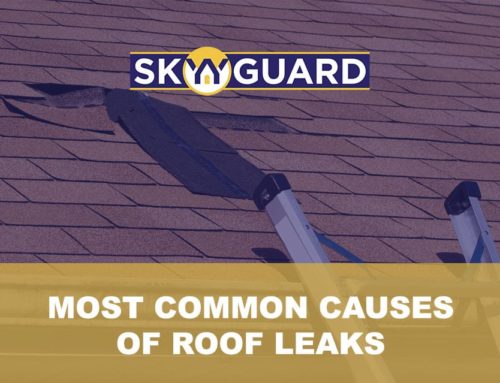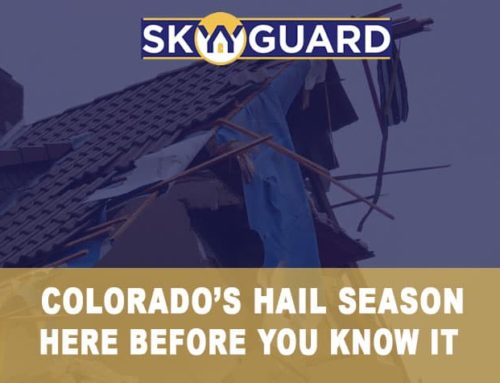Denver’s location in the foothills leaves it vulnerable during severe storms, so experienced local roofers make sure that they are well prepared with dedicated construction crews standing by so that they can respond promptly when homeowners need help.
To help your roofer provide the crucial assistance you’re needing with a storm-damaged roof, you should take the following steps now before the next storm occurs:
Find a Reputable Roofing Pro
Properly vetting roofers in advance can let you avoid the added stress of searching for help when you’re needing it most. In addition to the basic qualifications such as being licensed and manufacturer-certified with an excellent reputation, your chosen roofer should offer 24-hour emergency service, assistance with your insurance claim, and have an effective disaster recovery strategy. If you’ve called for help after a bad storm, and your roofer has taken emergency measures to secure your damaged roof, remember to be patient because they’ll probably be backlogged helping other homeowners who are enduring the same stressful ordeal as you.
Make Sure Your Roof and Property are Well Maintained
Having your roof inspected regularly and taking care of problems as they develop can help you minimize the extent of damage caused by a storm.
- Fix issues like missing/damaged flashing, broken/cracked tiles, faulty ridge caps/vents, or loose shingles or metal panels so your roof is less susceptible to storm damage and leaks that require extensive repairs.
- If you have tall trees on your property, keep them trimmed back at least 10 feet away from your home to reduce the risk that broken limbs will come crashing down through your roof.
Gain a Good Understanding of Your Insurance Coverage
Filing a claim through your homeowner’s insurance is one of the first steps you’ll need to take if your roof is damaged by severe weather, so make sure you’re up-to-date on your coverage and the claims process. Read your policy’s declarations page or contact your insurer to verify that you have ample coverage, whether it’s for full replacement cost, and that you’re adequately protected against wind and hail damage. You should also keep your policy number and insurer’s contact details somewhere close by in case you need to make contact immediately after a storm.
If the roof on your home has sustained storm damage and you need immediate help, simply give us a call.





